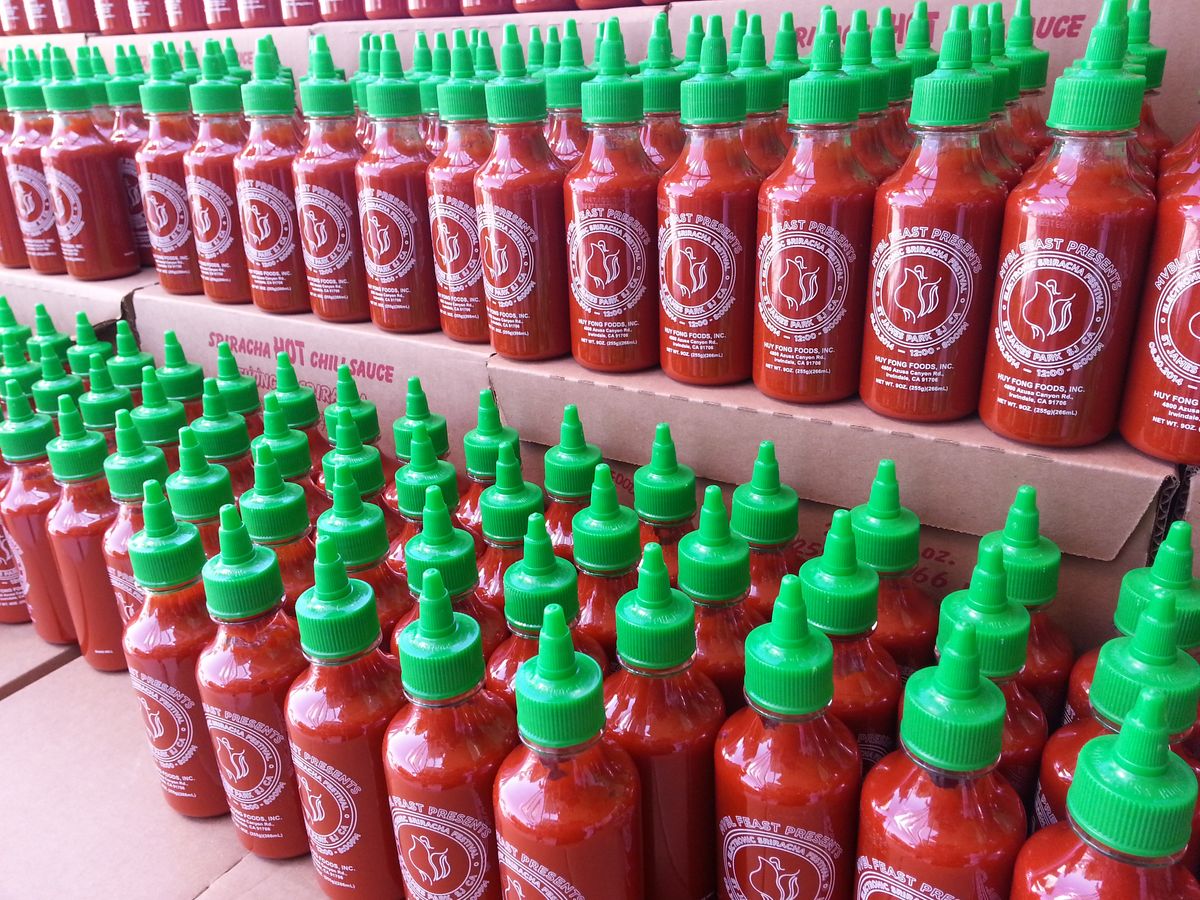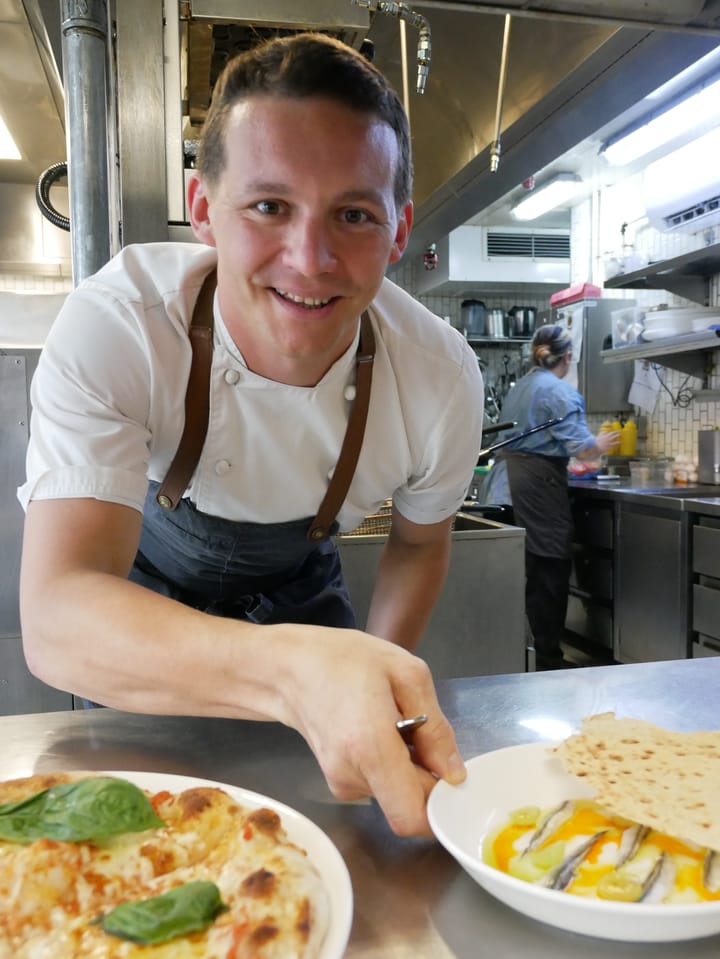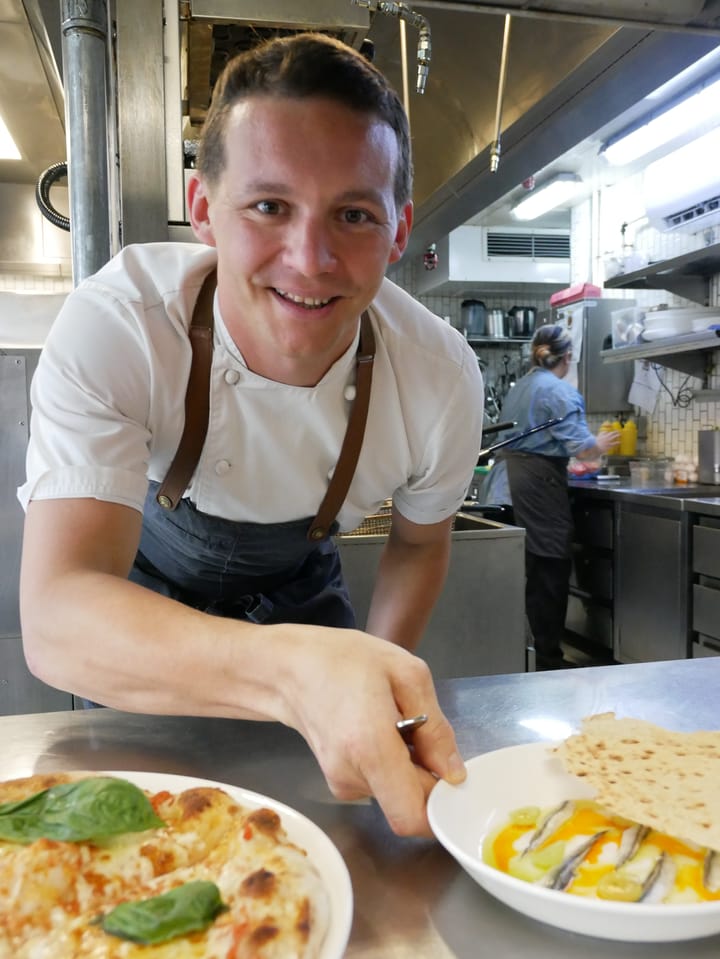Why can’t we get our hands on that tasty Sriracha hot sauce?
Sriracha is a star hot sauce with a cult following, with fans all over the world.

A few minutes every morning is all you need.
Stay up to date on the world's Headlines and Human Stories. It's fun, it's factual, it's fluff-free.
Sriracha is a star hot sauce with a cult following, with fans all over the world. The first version of the sauce was made in the town of Si Racha in Southeast Thailand back in 1949 by a woman named Thanom Chakkapak. First serving it up to family and friends, the sauce was such a hit that everyone urged her to bottle and sell it.
Then, in the 70s, a Vietnam-born Chinese man named David Tran began working on his own version of the sauce in California, where he started commercializing Sriracha sauce in 1983 – rooster logo and all – through his company Huy Fong Foods. Tran’s recipe used a lot of red jalapeños, which are mostly grown in Mexico. By the 2010s, you could find Sriracha in refrigerators around the world.
Until now, that is. We’re actually going through a Sriracha shortage, which is driving spicy food lovers crazy. The shortage has been going on for a couple of years now, and it’s really starting to be hard to track down unopened bottles of the stuff. Buyers have resorted to trying to find a trustworthy seller of Sriracha on secondary marketplaces like eBay and Amazon. These platforms have become the Wild West of hot sauce, with prices reaching heights of US$124 a bottle.
So why is there a shortage at all? Like we said before, the key ingredient in Sriracha is the red jalapeño. But this crop has been harder to come by in Mexico for the past couple of years as the country experiences a major drought. So, Sriracha-maker Huy Fong Foods has had to make less.
“Normally the pepper is grown by irrigation,” explains Paul Gepts, a crop researcher at the University of California, Davis. “But the supply of water has been decreasing and if you don’t have a certain minimum amount of water to irrigate your crops, unless there is rain, there won’t be a crop.”
Huy Fong gets its chiles from a few different suppliers in Mexico. It was able to produce a limited supply again last year, but the world is holding its breath, waiting for the next time we’ll see some fresh bottles. Many areas of Mexico get their water from the Colorado River, but US farms have the first rights to that water. So as fresh water from the river becomes less available, Mexican farms are the first ones affected.
“Climate change is the ultimate driver, but it’s also how we manage the water equitably,” said Gary Nabhan, an agricultural ecologist and professor at the University of Arizona. “Any politician is going to be reluctant to allocate less water, but we’re not asking farmers to transition to more efficient irrigation techniques.”
So it seems that with climate change, Sriracha lovers are getting a different kind of heat than they signed up for.




Comments ()